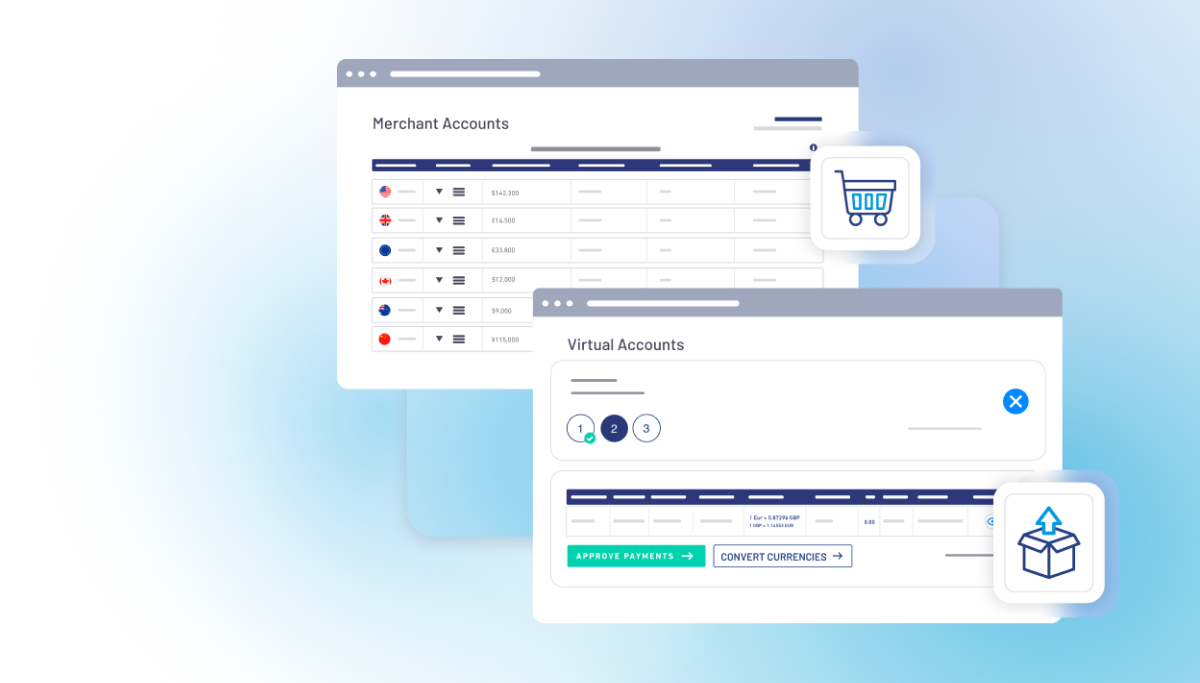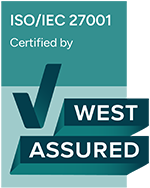Cash flow is the lifeblood of any SME, whether they’re looking to get through the next quarter or are aiming for the S&P 500. Mishandling cash flow can cause inefficiencies, mean missed opportunities, and even collapse a business.
The advent of business-to-business (B2B) payment technology can empower how SMEs manage their cash flow in a smarter way. These tools speed up transactions, improve security, and save money, making them essential for modern SMEs. They also streamline payment tracking and reporting, letting businesses make informed decisions.
5 ways SMEs can improve their cash flow through B2B payment technology
1. Speed and Efficiency

Speedy transfers mean cash in the bank. One key advantage of B2B payment technology for SMEs is the significant acceleration in speed and efficiency. They often get payments to the receiver within 24-48 hours, even when the payment is crossing borders and between currencies.
These technologies streamline cash flow cycles, ensuring money moves swiftly and seamlessly between businesses. This rapid processing means a steady flow of funds and a happy treasury department.
And lastly, timely payments build good supplier relationships. When suppliers know they can count on prompt payments, they are more likely to offer better terms. They will also prioritize their orders and ensure a steady supply of goods and services. This reliability can be especially important during high demand or supply chain disruptions.
2. Cutting down administration tasks through automation
The biggest cost to any SME is staff. When you have limited resources, every hour saved is an hour earned.
Automation within fintech platforms transforms invoice handling. You can create and send digital invoices instantly, cutting down on invoicing-to-payment Additionally, minimizing human error leads to fewer discrepancies and disputes.
Being able to pre-authorize batch payments in advance is a real benefit to a small SME finance team – sometimes, the people you need aren’t in the office.
Automated payment reminders are useful feature of B2B payment technology. By scheduling reminders, businesses can ensure that clients are promptly reminded of due dates, reducing the number of late payments and producing a more predictable cash flow.
3. Pay and receive more cost-effectively
Generally, the fees and FX margins you’ll be charged by a fintech will be much lower than through the bank. So, not only are you saving on administration time, you’re saving on the bottom-line too.
Having varied payment options, from wire to ACH to instant etc., allows you to choose the right payment method for each payment. You can be flexible about choosing between cost and speed.
If you’re regularly transferring money across borders – for example, if you’re HQ is in one country but you make a lot of sales in another country – fintechs also offer a more cost-effective solution through virtual wallets.
4. Use multi-currency virtual wallets to store and move cash

A lot of SMEs work across borders, selling their goods or sourcing materials from foreign territories. Doing business across borders via a traditional correspondent bank can be expensive, however.
With fintechs, you can open up virtual wallets in multiple currencies, allowing you to hold, pay, and receive like a local. You can collect payments in the foreign territory and ‘bring profits home’ when it suits you, or you can buy currencies when rates are favourable, store them, and then pay suppliers when you need to.
These wallets are bank accounts, on an international scale, that you can control on a single platform. It is one of those rare areas when an SME has the same capabilities as an enterprise level entity.
Virtual accounts offer an avenue for SMEs to expand internationally quickly, and remaining compliant with local laws and regulations while doing so.
5. Better visibility over cash flow for better decision making
Keeping track of cash flows is, as you know, a more complex task then it seems on a surface level.
Centralized payment platforms provide a detailed view of where money is flowing in and out of a company, and what cash holdings they have on hand. This helps cash flow forecasting, the ability to identify specific areas of improvement and enables more informed financial decisions.
If you’re using an Excel sheet to capture data from different systems and collating it all together, it might be time to switch to a single platform where you can do most (and potentially all) you need in one place.
The right tools are needed for both stability and growth
Not all SMEs are aiming to be listed on the S&P 500. What they want at a fundamental level is an easy-to-use and cost-effective way of paying, receiving and storing their cash. Whereas in the past the only option was traditional banks, now fintechs have matured into market leaders.
And, if you are aiming to get on the S&P 500, these modern platforms are perfect for scaling with you.
To improve how you pay, receive and store funds internationally, sign up to the TransferMate Platform here, or contact the team for a demo.
.webp)







